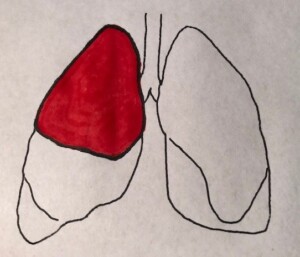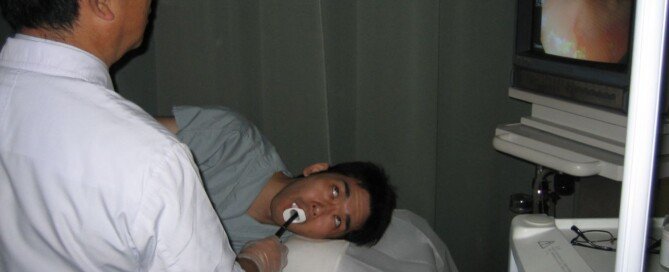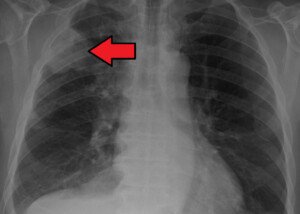Why Can GERD Cause Chest Pain 2 Seconds After Swallowing Food?
You have no problem swallowing food but two seconds later, you feel a very brief pain or pressure in your chest.
Why Can GERD Cause Pain in the Right Upper Abdomen?
Pain in the upper right abdomen can be from GERD, though this isn’t one of the more likely causes of discomfort in this area. (more…)
How Long It Takes GERD to Turn into Esophageal Cancer?
GERD can lead to esophageal cancer.
But how long does it take for the chronic acid reflux to turn into this very deadly cancer? (more…)
Routine Upper Endoscopies for Esophageal Cancer Screening for All?
If colonoscopies are recommended for routine colon cancer screening, why aren’t upper endoscopies advised for routine esophageal cancer screening?
How Long Does It Take Chocolate to Trigger Acid Reflux?
You’re a chocoholic and will never give up this heavenly food to prevent acid reflux.
So maybe you’re wondering how long it takes chocolate to trigger it. (more…)
GERD Symptoms but Your Upper Endoscopy Is Normal? Why Is This?
Do you have GERD symptoms, and were you diagnosed with GERD, but your upper endoscopy was normal?
Money Spent on the Toxic Diet Industry vs Junk Food Industry
Enough already about the “toxic” diet industry, because the junk food industry is far more toxic and is a $200 billion a year industry, far more than the diet culture which comes in at a relatively scant $71 billion. (more…)
Can a Person Live with just Half of One Lung?

We know that people can live with only one lung.
But what if half of that remaining lung were removed, reducing total lung mass to 25%? (more…)














































































